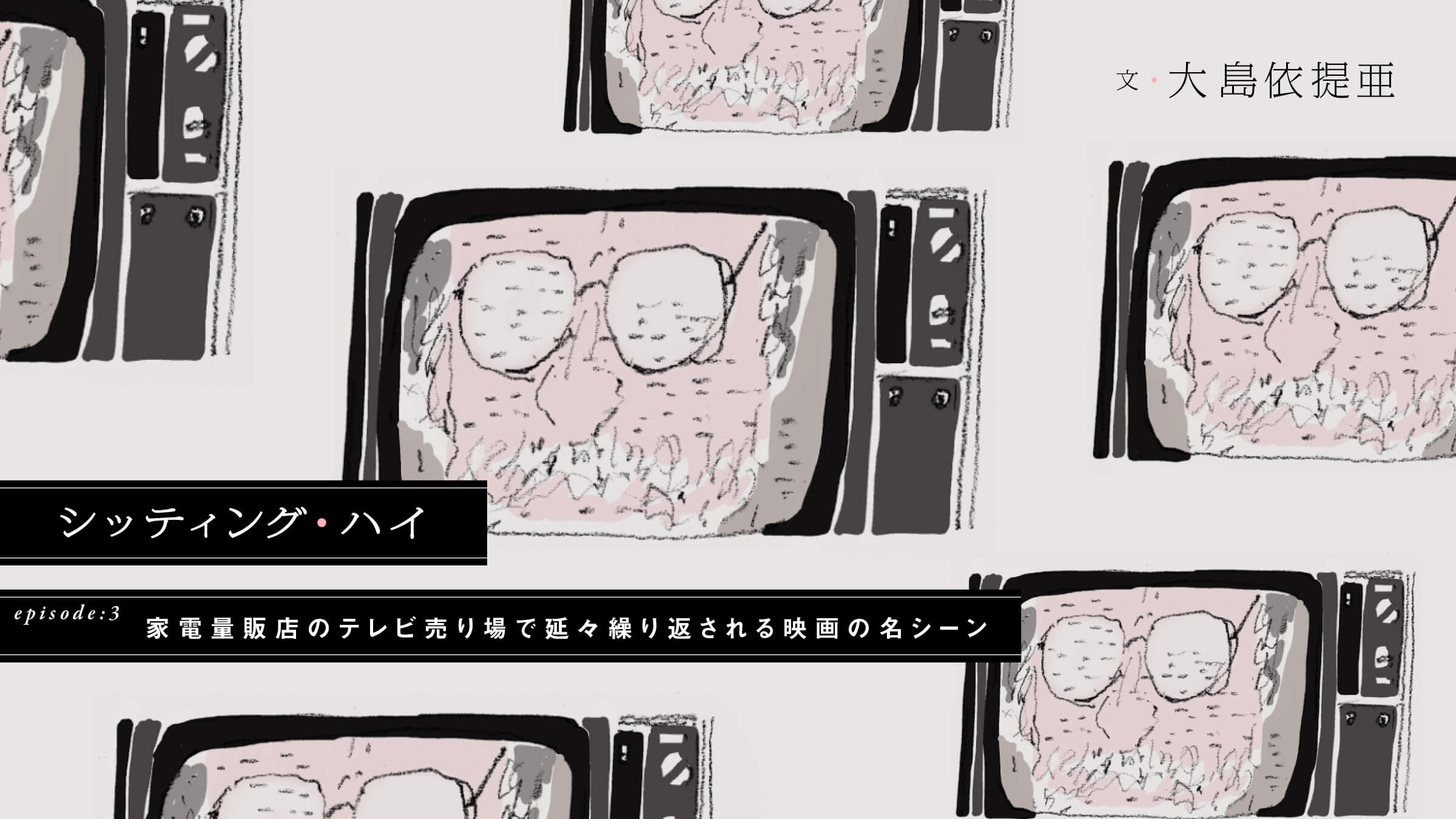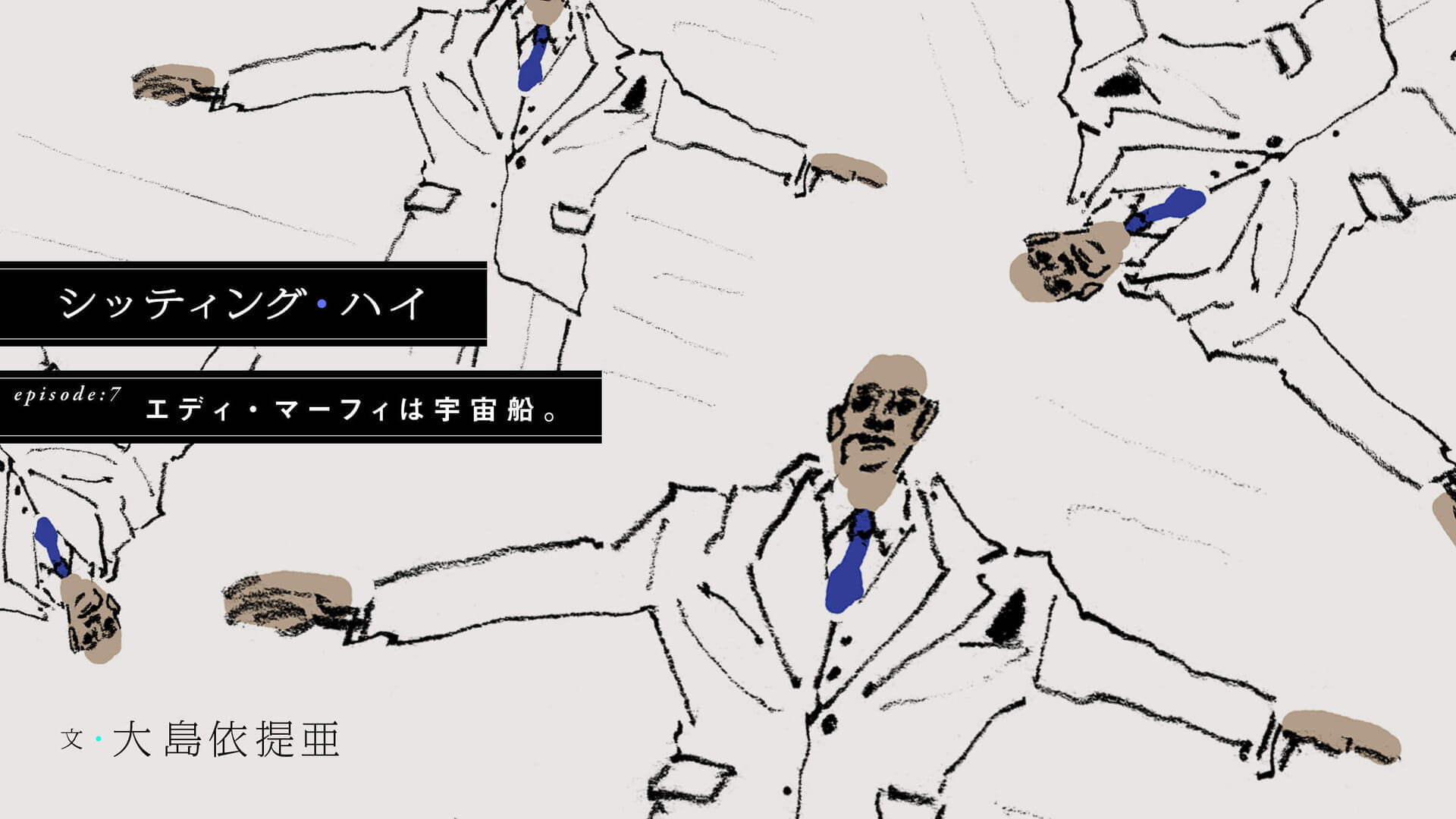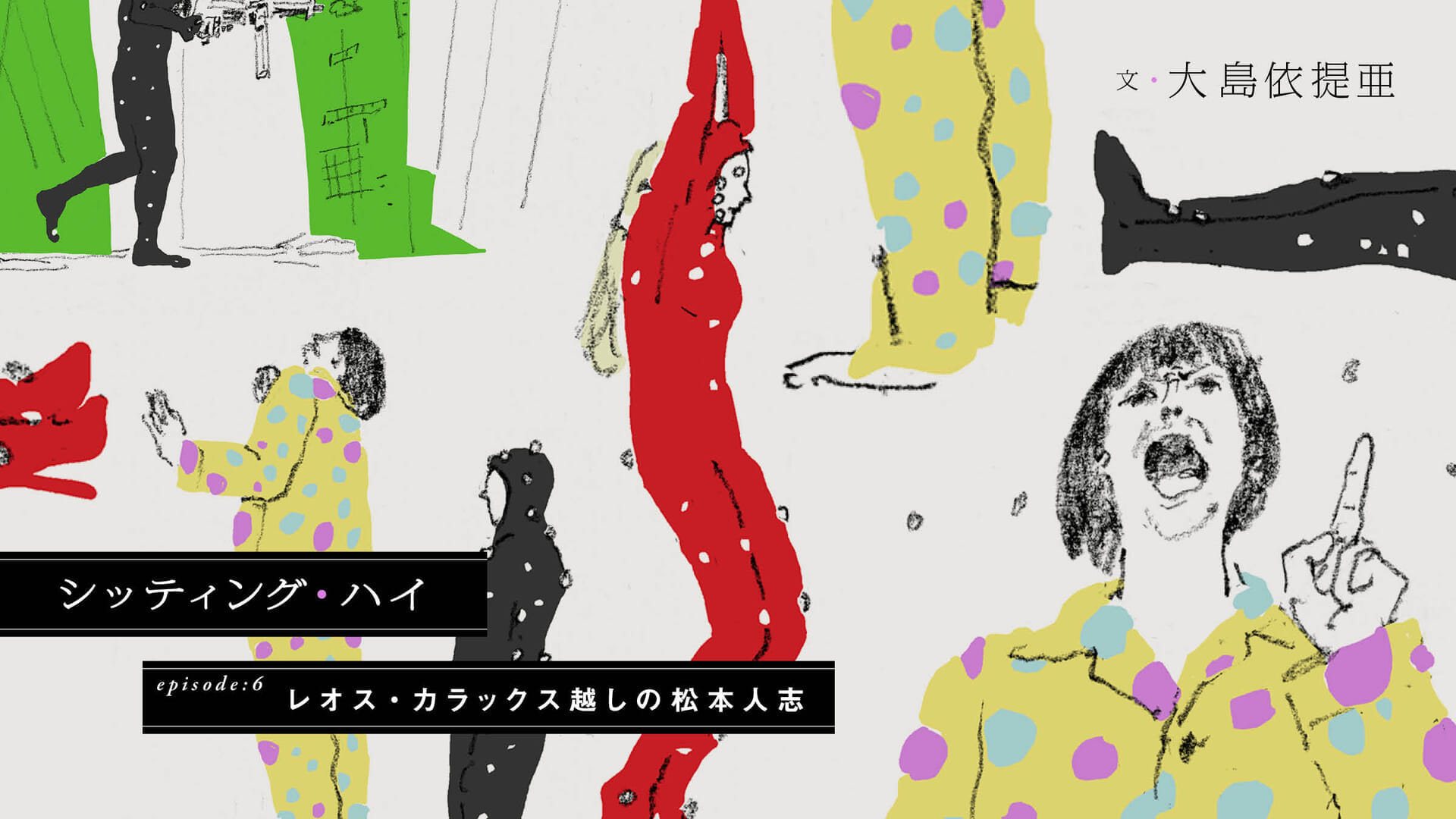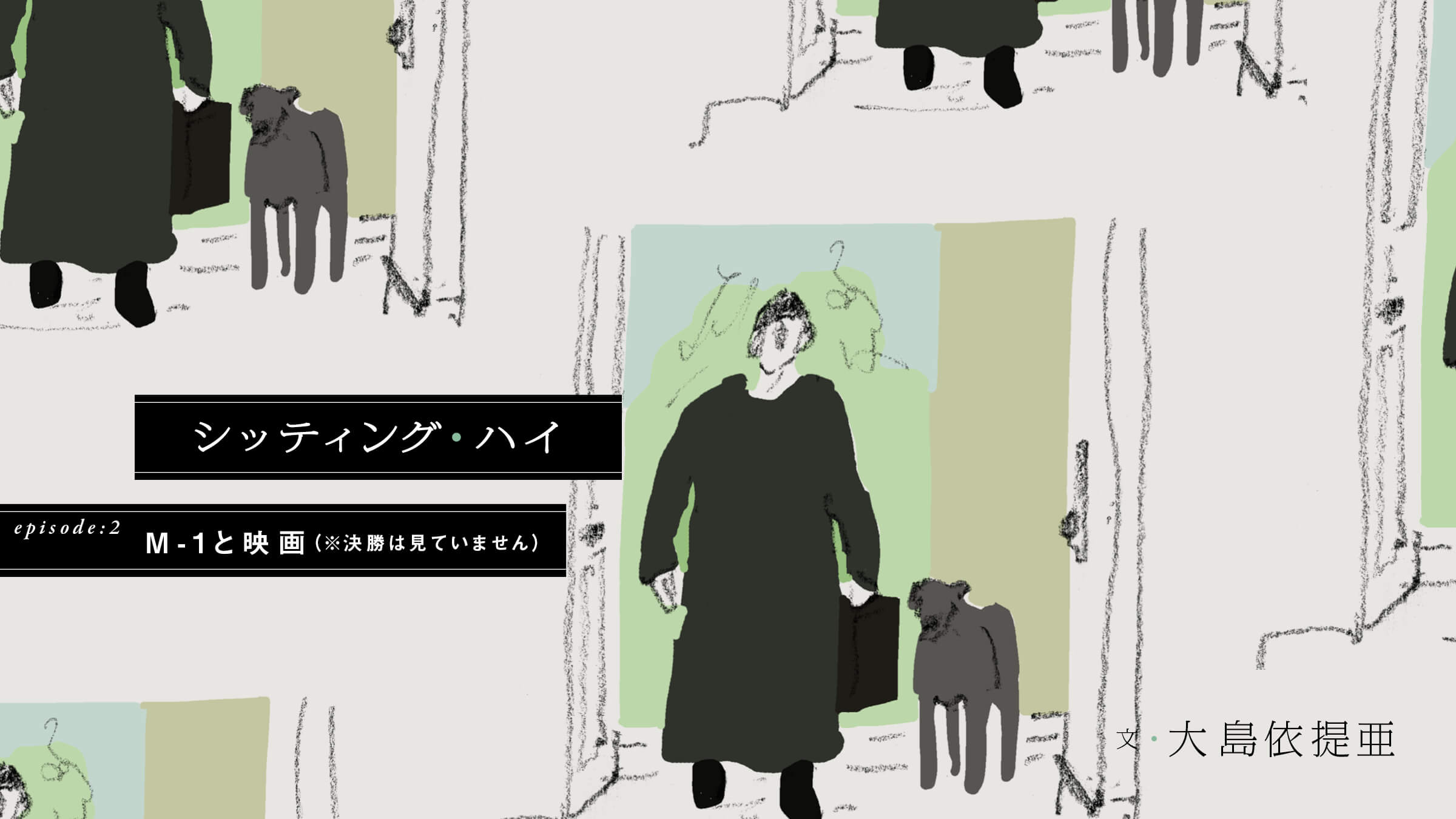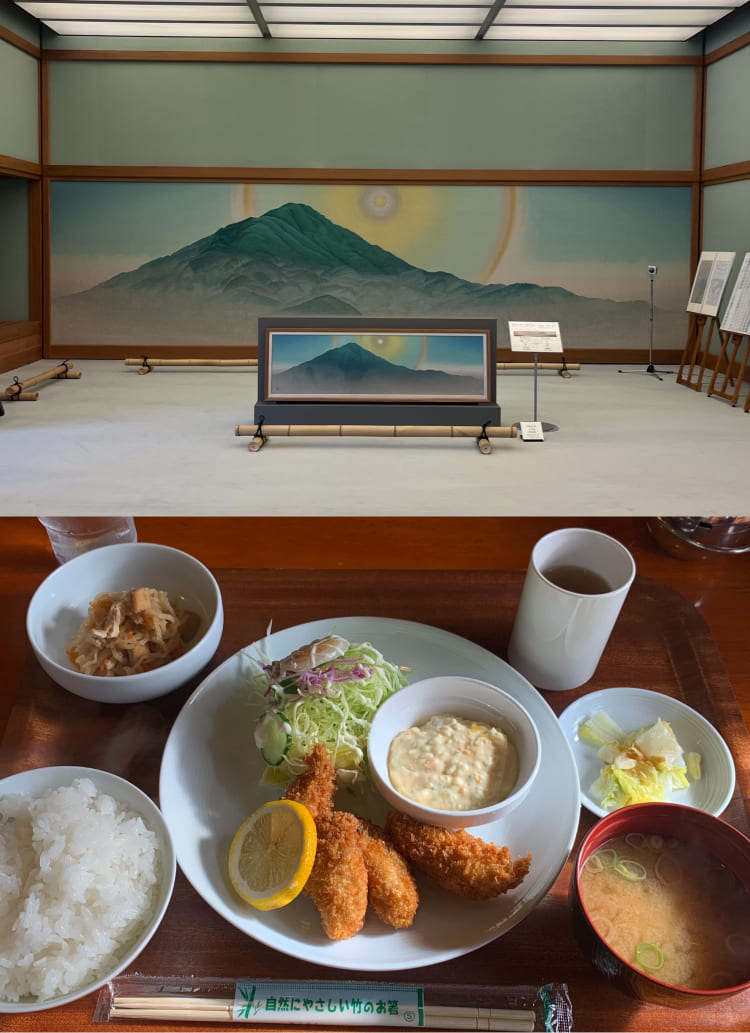episode.3 Famous scenes from movies repeated endlessly in the TV section of an electronics store.
Well, these are the times we live in, and many people may be looking to buy a new TV to make their movie-viewing environment at home a little more fulfilling.
When you go to an electronics store and wander through the rows of TVs that look like a monolith from "2001: A Space Odyssey" that have become larger and thinner with each passing year, you forget the original purpose of choosing a TV set and before you know it, you are watching a "famous scene" from a movie playing repeatedly on that TV set. What is it about the TVs that attracts you so much that you forget your original purpose of choosing a TV set and find yourself repeatedly watching "famous scenes" from movies on the TVs?
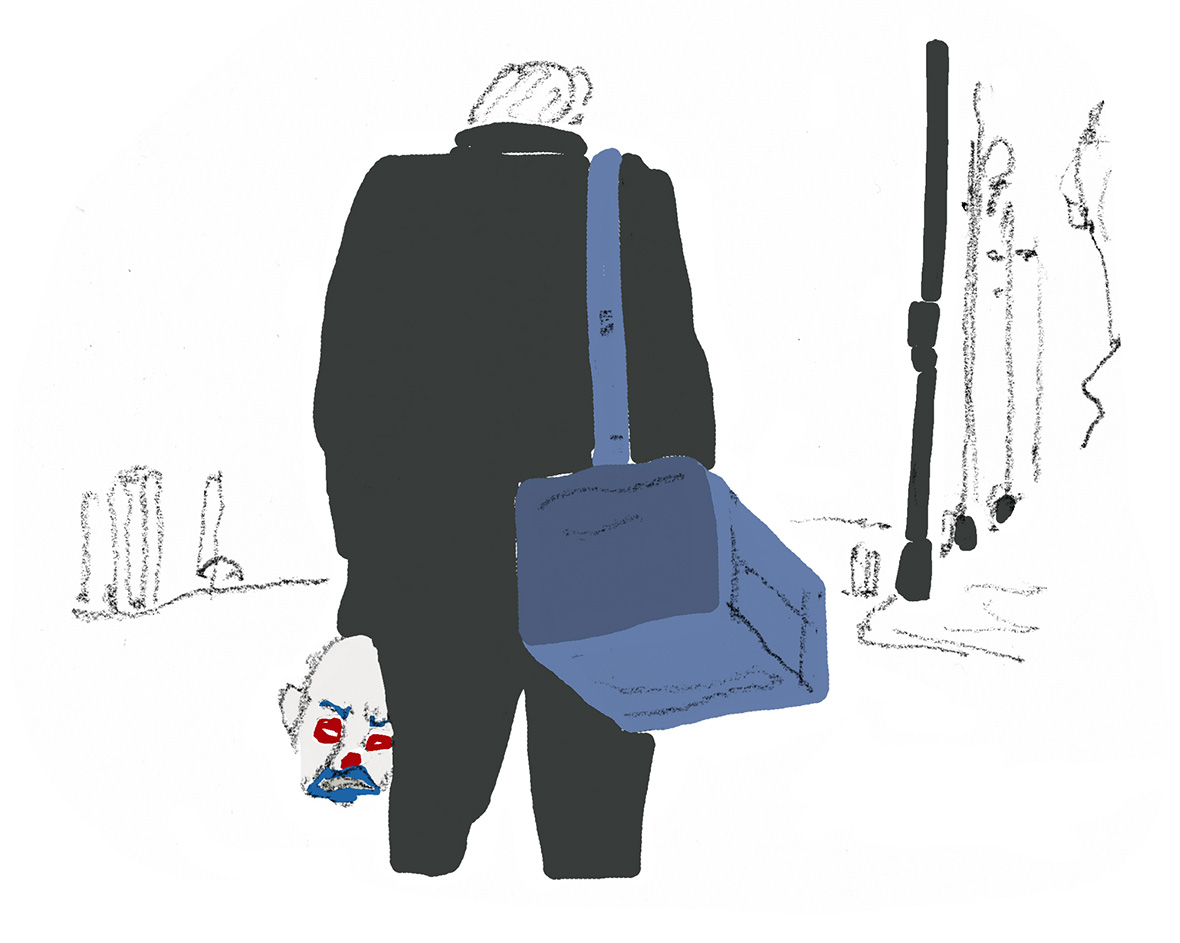
The most representative "famous scene" for me, imprinted on my eyes by the electronics store, is the bank attack scene at the beginning of "The Dark Knight," directed by Christopher Nolan.
The reason I say this is simply that I frequented the place to buy a new TV when this work was being played all over the TVs on the video floor, but , however, I somehow always fall in love with it every time I visit, so much so that I forget that I came to buy a TV.
The Dark Knight" (2008) bank attack scene "4:03"
Four minutes is quite a long time to watch a video while standing still. (When planning the configuration of an art exhibition venue, it is said that even five minutes is a long time considering the environment in which the video content is shown inside the museum while standing up. ), but the opening scene has a certain charm that keeps the viewer watching it over and over again until the end.
In general, Chrisfer Nolan's films are full of such "consumer electronics store" scenes.
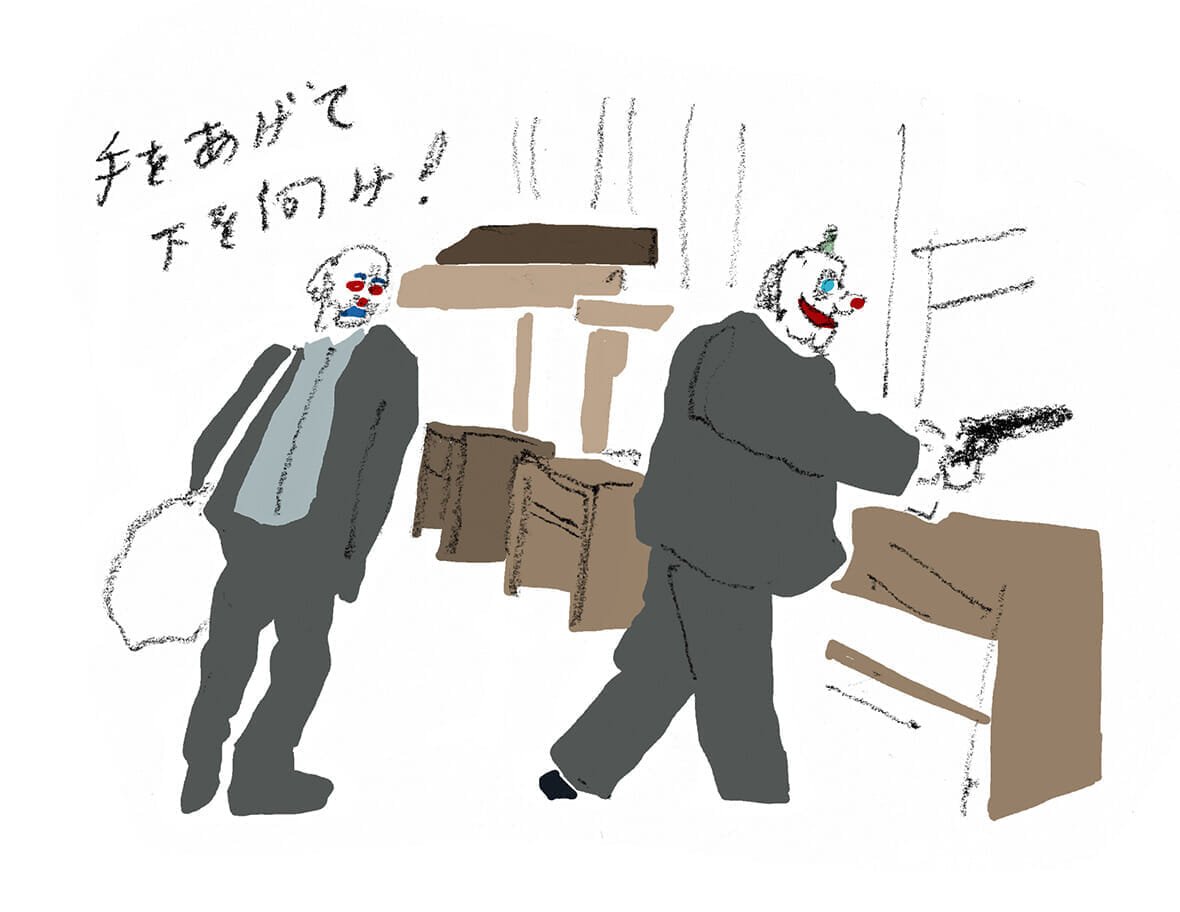
. Although Nolan's style is at first glance intellectually stylish and rooted in reality, it is actually filled with wild ideas that are so ridiculous as to be laughable. For example, buses, large trucks, and even passenger planes plow into buildings and hoist airplanes into the air, and Nolan's childish visions are so childlike in live action that one would think he was a vehicle-loving elementary school student.
These images could easily be reproduced with computer graphics today, but Nolan insists on live action.
Perhaps this commitment to authenticity overlaps with the real catastrophic accidents/incidents seen through news footage, resulting in a visual expression that is extremely compatible with the TV screen.
Many said that the latest film, "Tenet," should be seen in theaters and in IMAX, and while I certainly felt the visual privilege of the large screen, there were many scenes throughout the film that would look great in an electronics store, which, combined with its narrative setting, made me imagine the famous scene from "Tenet" being "played" repeatedly throughout the day at an electronics store. The film is full of scenes that would be "replayed" over and over in an electronics store all day long, and combined with its narrative setting, one can imagine the famous scenes of "Tenet" in the film in an interesting way.
On the other hand, there are films in which I just saw the scene in an electronics store, and my impression of that scene has been defined ever since.
The Amazing Spider-Man" (2012) Basketball showdown scene "1:59"
This is the second reboot of "Spider-Man" directed by Marc Webb in the 2000s, and is a fine film with a light touch characteristic of Spider-Man, but with quite heavy themes, such as the gradual transformation of a good person into an evil one, in parallel with the process of the protagonist learning little by little what good is. I had the impression that it was a good movie with a light touch, but I was shocked at how cheap the scene played at the electronics store was. Was it a movie like this?

Today's televisions, perhaps in pursuit of more vivid and realistic images, have a setting that compensates for the frame rate of 24 frames per second of a movie with a higher frame rate, such as 60 frames per second, and if this setting is not changed, the movie-like image is reduced to a cheap reproduction VTR-like image. However, at that time, many consumer electronics retailers were playing back movies with this frame rate setting, probably because it was a transitional period.
No matter how excellent the direction, camera work by a master filmmaker, or acting by outstanding actors, a film played in such a setting would look like a "TV Special Investigation Department" reenactment of "The World's Whole View! TV Special Investigation Department," which made me think deeply once again about the importance of the visual technology that supports the fundamentals of film.
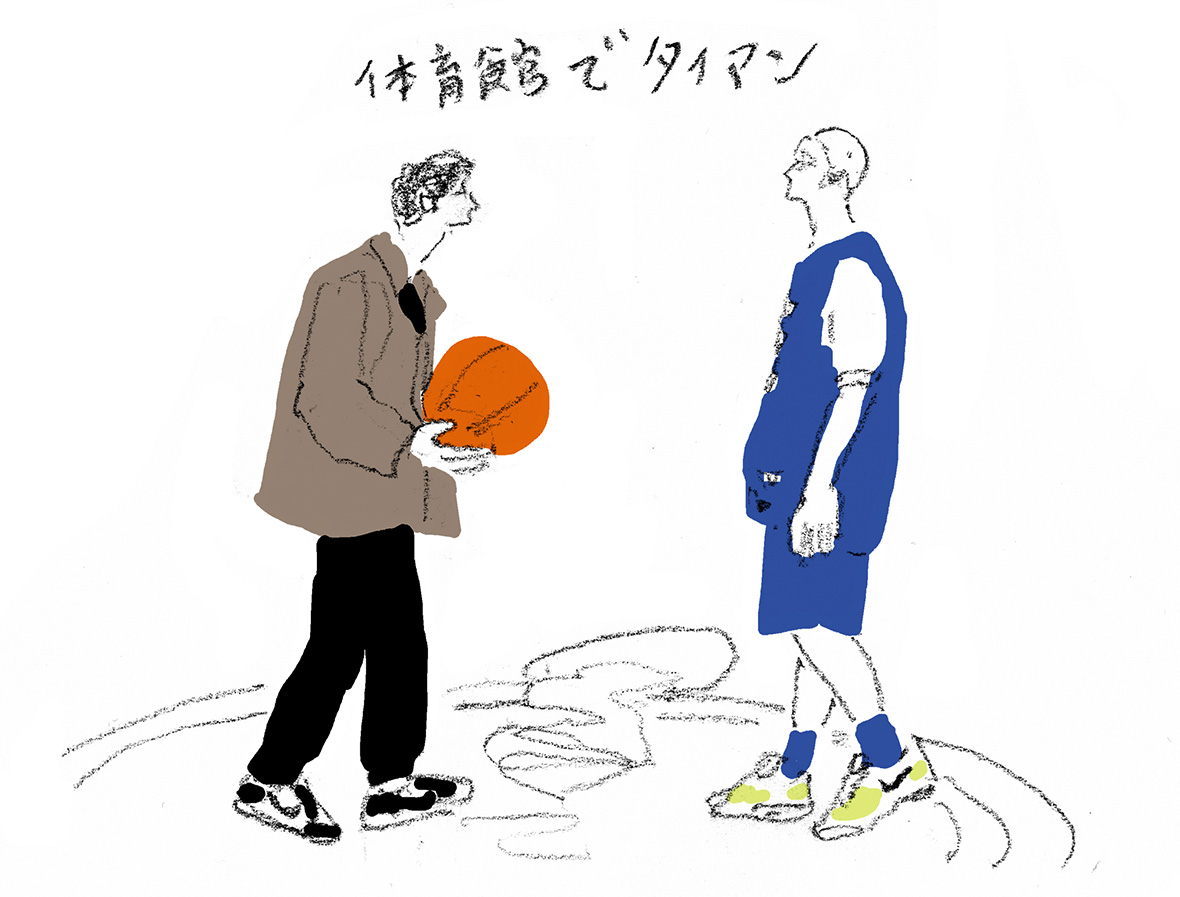
In "The Amazing Spider-Man," the scene of the basketball game is also the first confrontation between the bully and the hero who has just awakened to his abilities as Spider-Man, but throughout the movie, the bully is not portrayed as a simple good guy, but as a good guy in the end. However, this scene in the mass merchandiser's store looks like a skeleton of the promised drama, and even after that, I could no longer shake the impression of it even when I rewatched the film in normal frame rate (to be honest, the scene was originally a little too short for my taste. (To be honest, this scene was kind of lame to begin with)
. the effect of visual equipment on cinematic memory is frightening.
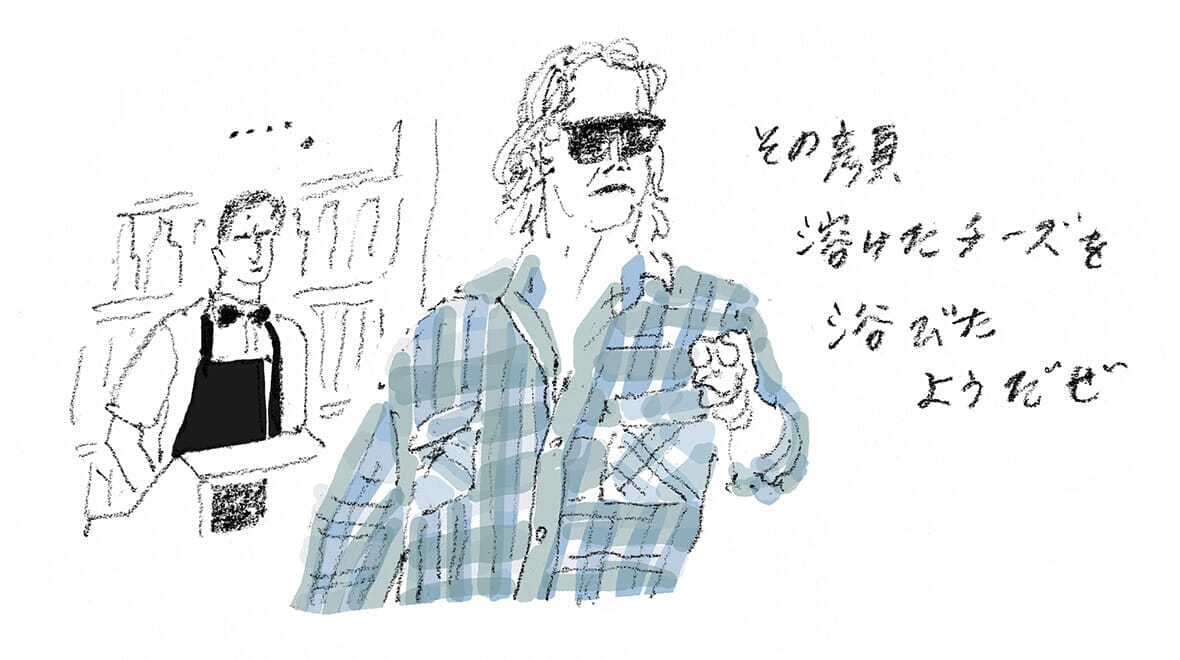
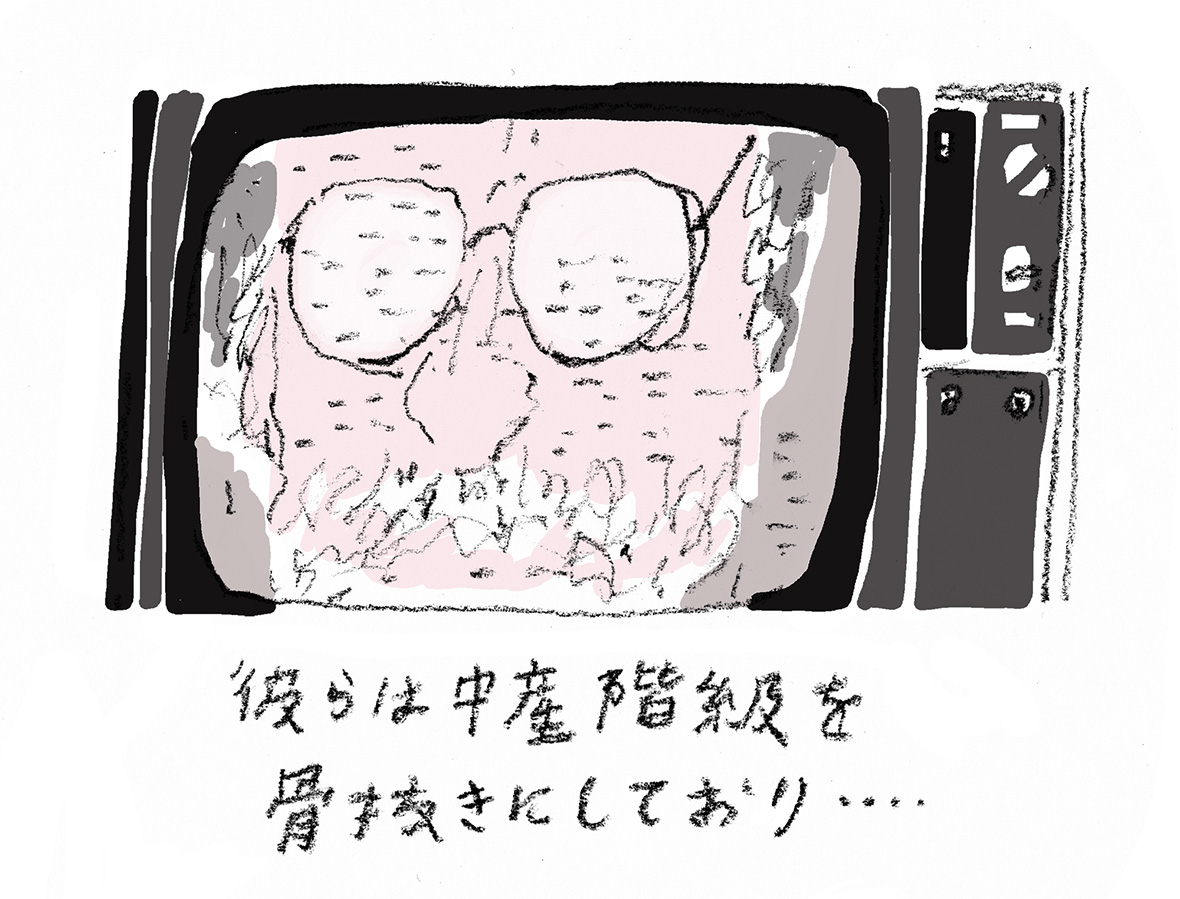
Come to think of it, what kind of movies would I play on my consumer electronics TV?
For example, Jean-Luc Godard's "Fun Knowledge" (1968) is a film that consists entirely of a studio set with a pitch-black background and only two actors talking to each other and colorful cartoons and photographs, so I can't stop thinking that it would be a good way to check the colors and blackness of TVs. . But the film that I would most like to occupy the TV booth with is John Carpenter's "Zaylib".
Zayrib" (1988) wrestling scene "5:23"
While the aforementioned "The Dark Knight" condenses in a four-minute scene the execution of a heist mission and the death of five people in a flurry of deaths caused by a gang breakup, "Zaylib" spends a full five and a half minutes on an endless wrestling-like fight between two old men who want their work colleagues to wear a certain pair of special sunglasses. In "Zaylib," there is a scene that will go down in movie history as the most baffling, not to mention famous, scene in the history of cinema, in which two old men fight like professional wrestlers for a long time just to get a work colleague to wear a certain special pair of sunglasses. (I'd like to see it in the even cheaper 60 frames/second video I mentioned earlier, though.)
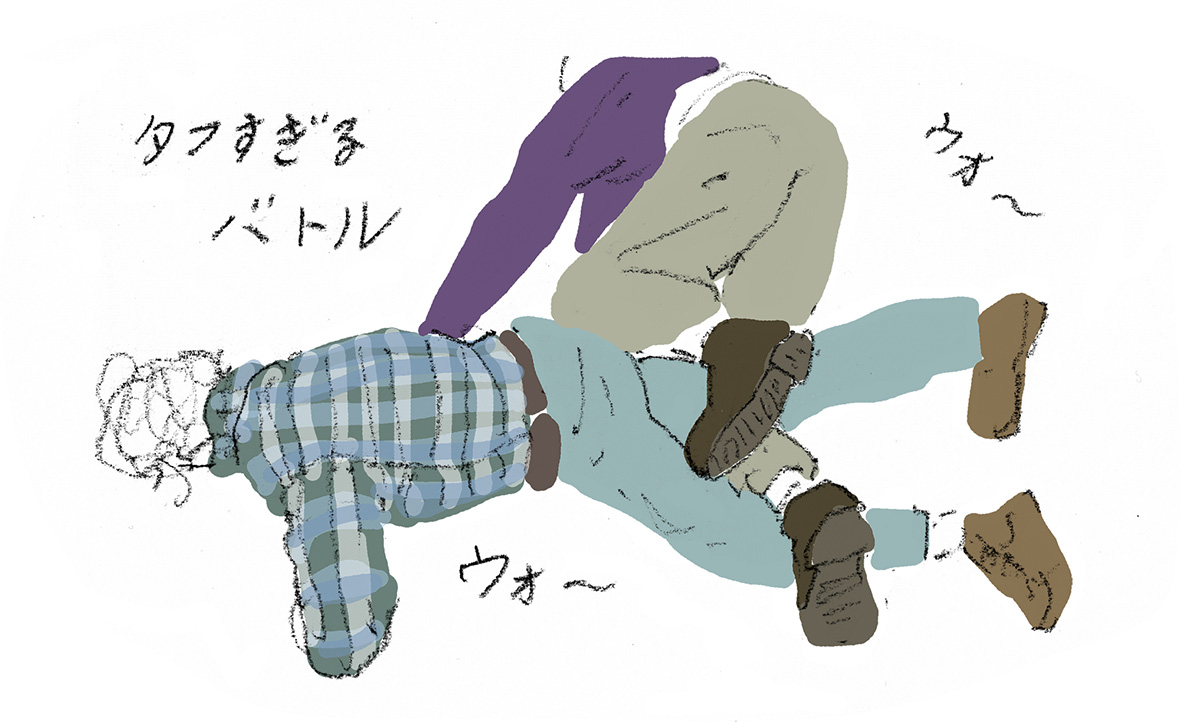
Not there, but the film's main feature, which you can see when you put on those sunglasses, is the subliminal message to mankind from the aliens who have already invaded the earth,
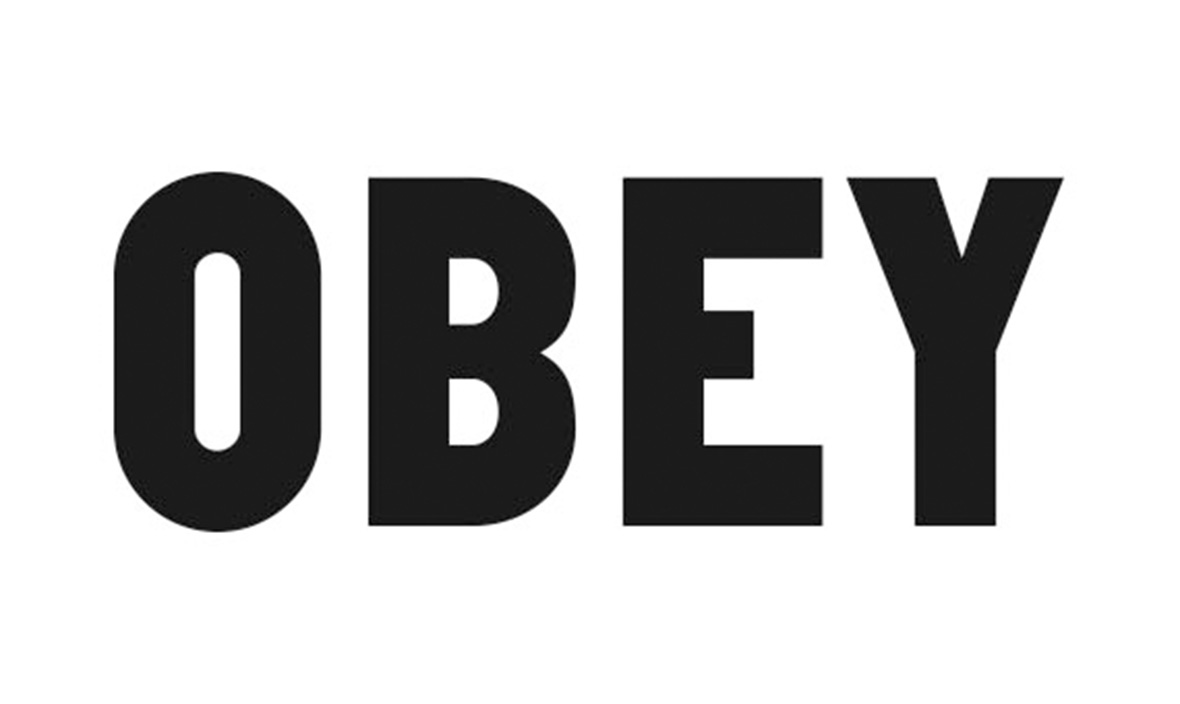
in Tokyo

I would like to project them all at once on the numerous televisions lined up at electronics retailers. The TVs of today are so big that it would be a spectacular installation.
PROFILE

Born in Tochigi Prefecture, graduated from Tokyo Zokei University. He has been designing mainly graphics for movies, exhibition publicity materials, and books. Major works include "Paterson," "Midsummer," and "Tabi no Owari, Sekai no Hajimari" for films, "Shuntaro Tanikawa" and "Moomin" for exhibitions, and "Birds/Banana Yoshimoto" and "Small Boxes/Yoko Ogawa" for books.


